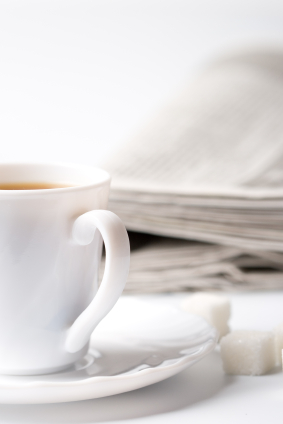Dedicated Dish Clothes
 Tuesday, March 5, 2013 at 11:43AM
Tuesday, March 5, 2013 at 11:43AM Another place for allergen cross contamination is the dish cloth and dish towel. Buy new and keep them dedicated to your allergen-free dish washing needs.
 If you have found the information on this blog useful, enjoyable, candid, or inspirational ... help keep it reader supported, journalistically driven, available to all, and advertiser-free. If you are able and inspired to do so, please consider a subscription to this blog. You can drop a dime or two every month, every year, or whenever you feel moved.
If you have found the information on this blog useful, enjoyable, candid, or inspirational ... help keep it reader supported, journalistically driven, available to all, and advertiser-free. If you are able and inspired to do so, please consider a subscription to this blog. You can drop a dime or two every month, every year, or whenever you feel moved.
It will keep me writing, gathering facts, and interviewing the experts.
Love,
Elisabeth
 Daily Tips
Daily TipsWhen it comes to food allergies, there is a big learning curve. To help with the details, we are posting a daily tip about the top food allergens, cross contamination and how to avoid it, crazy hidden places that food allergies hide, cooking and baking tips, and more. There will be a new one every day! Read them with your morning beverage, forward to family & friends who need them, and discuss.
 Tuesday, March 5, 2013 at 11:43AM
Tuesday, March 5, 2013 at 11:43AM Another place for allergen cross contamination is the dish cloth and dish towel. Buy new and keep them dedicated to your allergen-free dish washing needs.
 Monday, February 25, 2013 at 12:58PM
Monday, February 25, 2013 at 12:58PM You may have read the title of this tip and said, "Duh!". But think about this another way. You have a habit of putting lotion on your hands after you wash them. Then you proceed to the kitchen and prepare a chicken, or cut vegetables or mix some kind of dough. Many lotions contain gluten or nut oils or soy oils. The lotions gets mixed into food, even in trace amounts, this could cause a problem for someone with those allergies. So if you are cooking for someone with celiac disease, or any allergies (esp. nut, gluten, coconut, or soy...), don't take chances, wear gloves or wash your hands thoroughly and skip the lotion until you are finished cooking.
 Friday, February 8, 2013 at 5:40PM
Friday, February 8, 2013 at 5:40PM Another common means of cross contamination is through plastic. Why? It's easy for allergen proteins to get stuck to plastic (and wood!), and harder to wash those proteins out. That includes cutting boards, spoons, spatulas and containers.
The safest way to keep annoying and often dangerous cross contamination out of your Tender Foodie meals, is to keep the allergen out of the house, or to keep separate containers, pans and utensils for everything. But if this is not possible, opt for glass containers and metal utensils, and store them in a separate cupboard or above allergen containing products. Wash them thoroughly with hot, soapy water if shared, and dry w/ a clean, dedicated cloth (towels trap allergens, too!).
DO keep a separate cutting board for your Tender Foodie, though. Since cutting boards are made of wood and plastic, typically, this is the one item that should belong to your Tender Foodie alone.
NOTE: If your doctor tells you that you have a high risk of anaphylaxis, keep the allergen out of your home completely.
 Friday, September 21, 2012 at 6:00AM
Friday, September 21, 2012 at 6:00AM Make sure your gluten-free product is processed in a gluten-free facility or tested to below 20 ppm (preferrably below 10ppm or 5 ppm). Because there are no real labeling laws in effect, a "gluten-free" label doesn't necessarily mean that it is gluten-free. Labeling is on the way (we hope), but right now, labeling doesn't mean too much. Get to know your brands, and look for brands that say, "processed in a gluten-free facility" or "certified gluten-free". There is a significant amount of cross-contamination can occur simply by running wheat, for instance, on the same machine as a naturally gluten-free item like nut flour or teff flour. It's enough to make someone with gluten sensitivity, allergy, or celiac disease sick.
 Tuesday, September 18, 2012 at 3:50PM
Tuesday, September 18, 2012 at 3:50PM